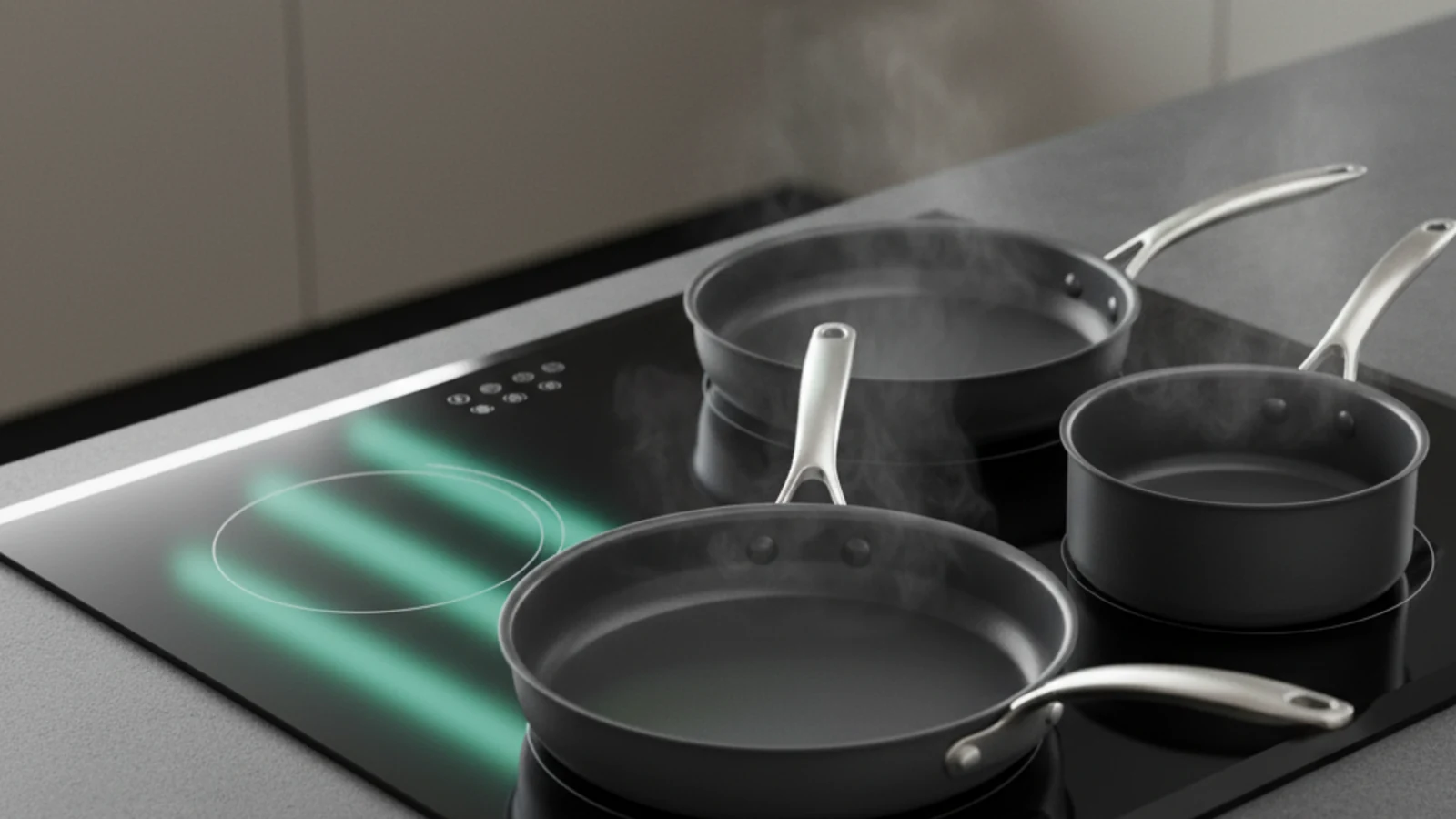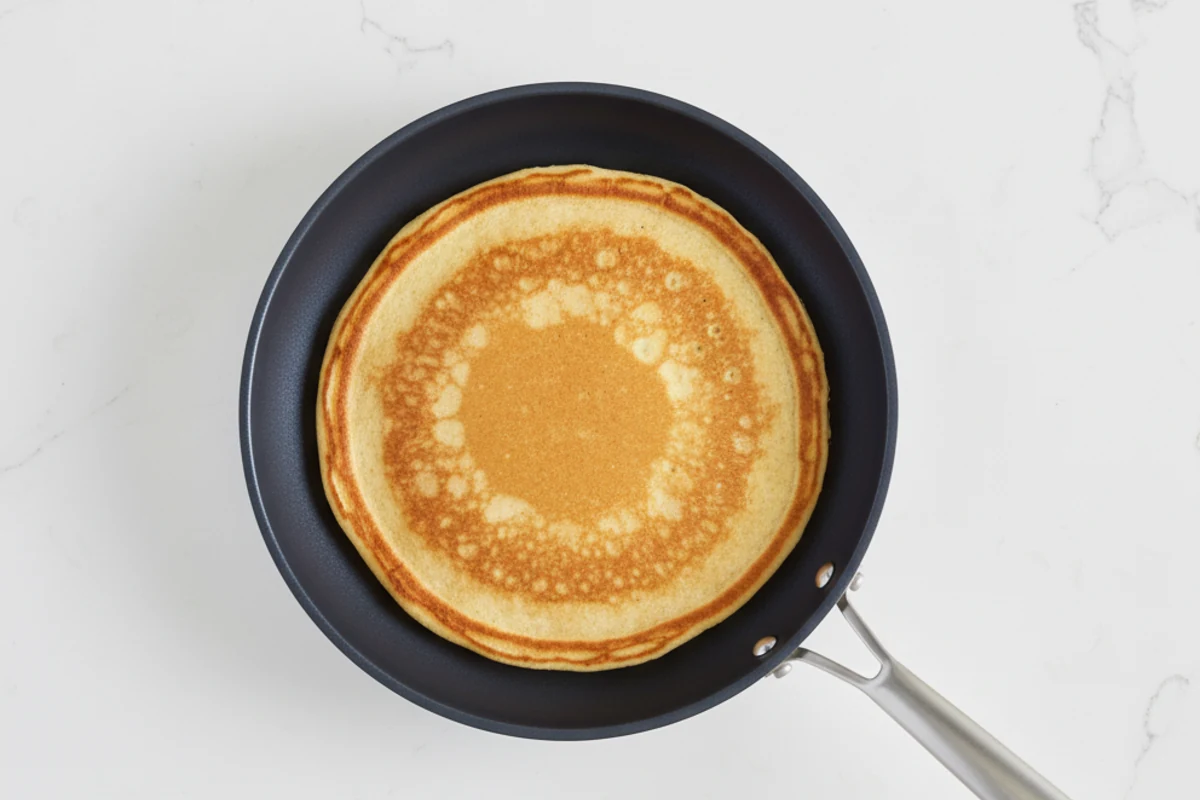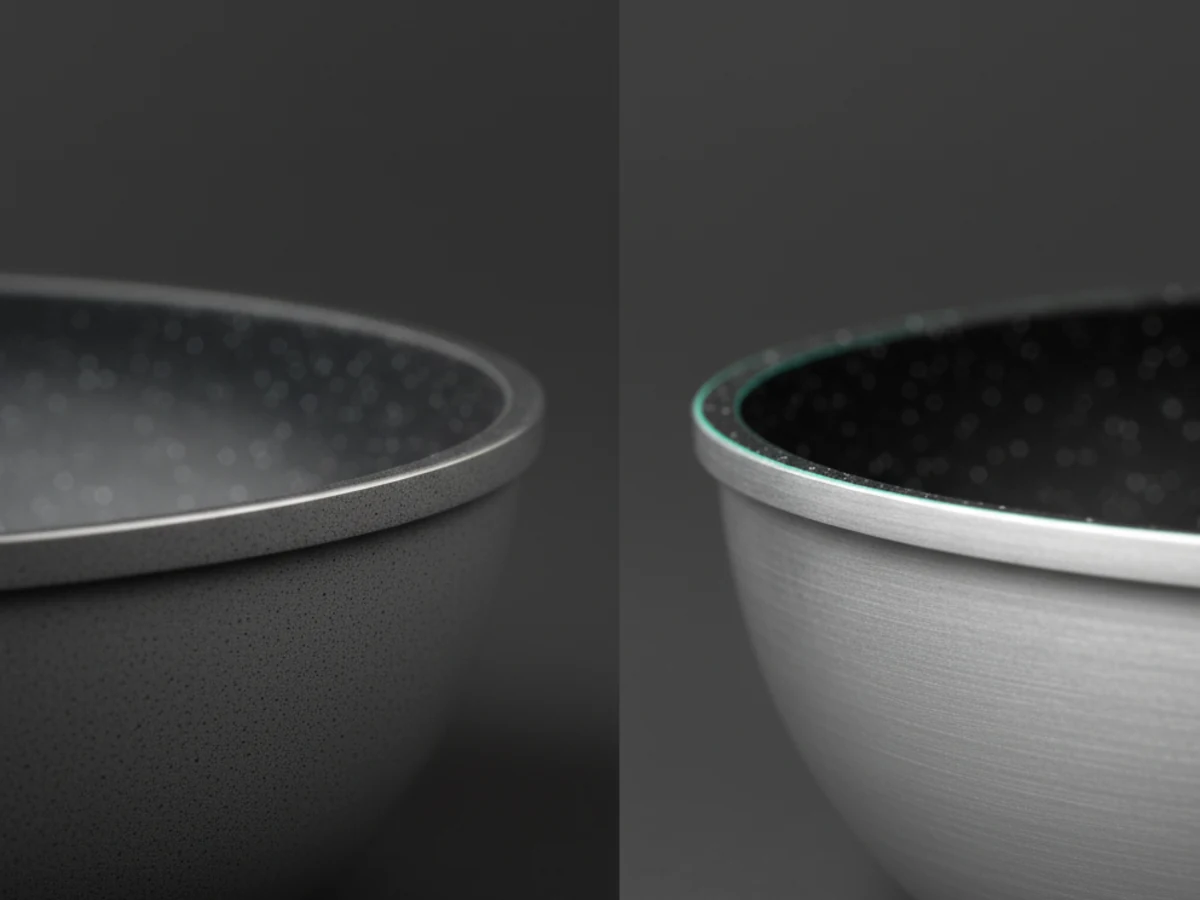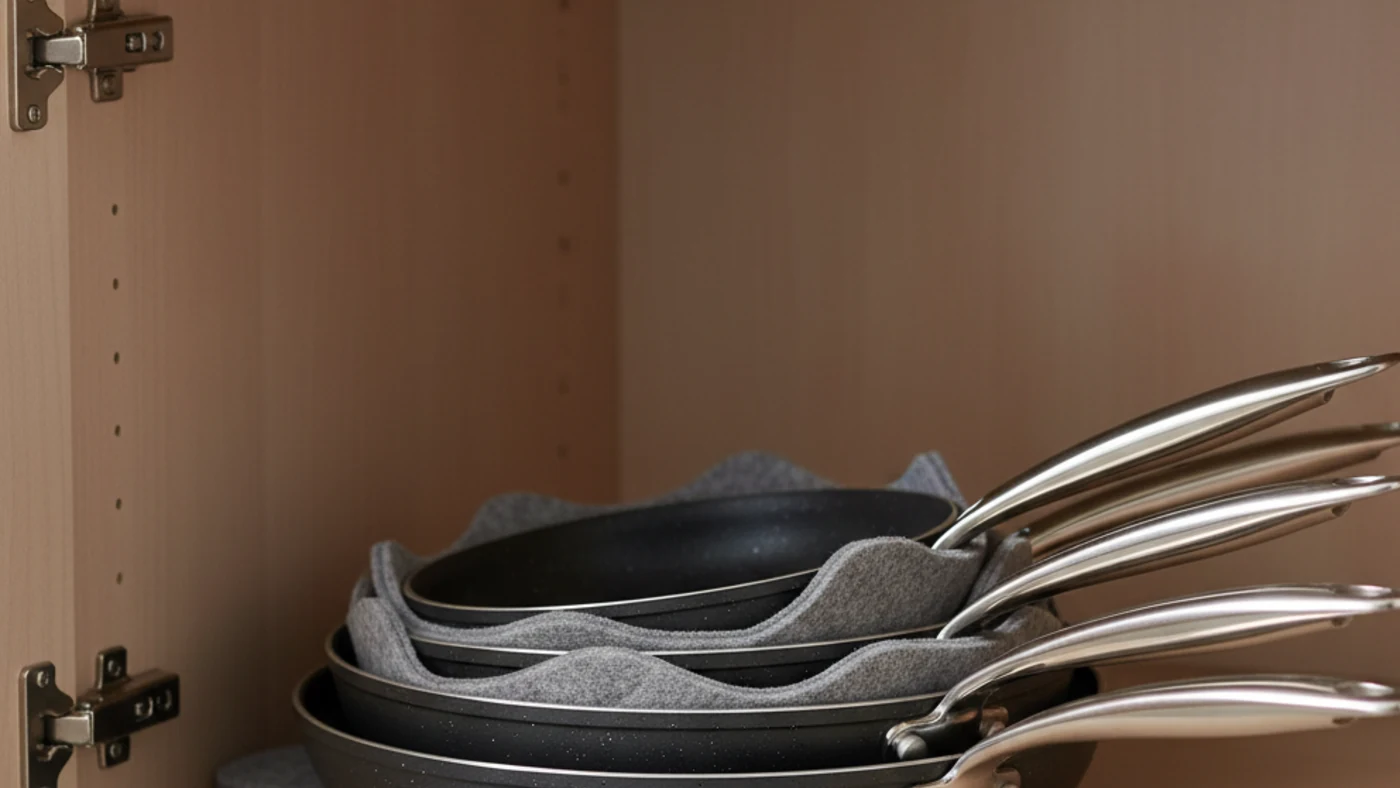Titanium Cookware, Demystified
What’s actually “titanium” in home cookware? Which pans are safe, durable, and worth it? This hub gives you straight answers, buyer-focused comparisons, and care tips—no fluff.
See Best Titanium Pans 2025
TL;DR
Who this helps: home cooks who want durable, low-maintenance pans with clean cooking surfaces.
- Most “titanium” pans are aluminum with a titanium-reinforced nonstick. That’s durable, but still nonstick—treat it gently.
- True titanium shows up in ultralight backpacking pots (e.g., Snow Peak); great for weight savings, not for even heat indoors.
- Top pick, overall value: a titanium-reinforced nonstick skillet from a reputable brand—see our 2025 picks.
- Care key: medium heat, fat in the pan, and non-abrasive tools for long life.
Quick answers
Is titanium cookware safe?
Food-contact titanium is inert. Most consumer “titanium” skillets are titanium-reinforced nonstick—safe when used below the maker’s max temp and with ventilation.
Can I use metal utensils?
Use silicone or wood. Some coatings allow “metal-safe,” but gentle tools extend lifespan, especially on nonstick surfaces.
Will it work on induction?
Only if the base has magnetic steel. Check specs or do a magnet test on the pan’s bottom.
How titanium compares (illustrative)
Illustrative averages for UX context, not product specs.
Higher line = faster heat change response (conceptual visualization).
Relative circles = potential longevity with correct care. Always follow the manual.
Start here

Top Picks for 2025
Our shortlist of titanium-reinforced skillets that balance build quality, warranty, and ease of care.
See the picks
Titanium vs Ceramic
Understand coating types, heat tolerance, and what to expect for lifespan—then pick for your cooking style.
Compare now
Care & Cleaning
Simple routines (cool, wash, dry) that prolong coatings and handles. Includes troubleshooting sticky spots.
Learn carePopular “titanium” brands
Explore brand lines and what “titanium” means in each catalog.
T-fal Hestan Scanpan Snow Peak Zwilling Woll Calphalon
See brand comparisonsCookware materials at a glance
| Material | Heat spread | Responsiveness | Care level | Induction |
|---|---|---|---|---|
| Ti-reinforced nonstick | Good | High | Gentle | Varies (check base) |
| Stainless clad | Good | Medium | Moderate | Usually yes |
| Aluminum nonstick | Very good | High | Gentle | Often no |
| Cast iron | OK | Low | Seasoning | Yes |
Use cases we recommend
Weeknight eggs & veggies
Ti-reinforced nonstick shines for delicate foods. Use medium heat with a dab of fat.
Lightweight travel & camping
True titanium pots (e.g., backpacking) are ultra-light and tough—best for boiling, not searing.
Low-stick protein sears
Preheat gently, add oil, then protein. Avoid max heat to protect the coating.
FAQs
Is titanium cookware the same as titanium-reinforced nonstick?
Is titanium cookware safe for high-heat searing?
How do I clean a titanium-reinforced nonstick pan?
Is it dishwasher safe?
Will it work on induction?
Related guides
What changed in this update
- Added visual explainers (SVG) for heat and durability concepts.
- Refined FAQs to align with common search questions.
- Updated internal links to 2025 picks and pillars.